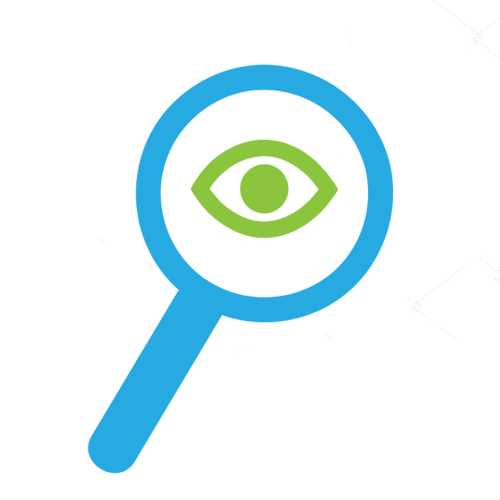By Brandy Neide, MBA, MT(ASCP)
January 27, 2017
As clinical laboratorians, we know that our important work is performed “behind the scenes.” It is touted as such to prospective students, to fellow allied health professionals, and to our family and friends who don’t quite understand what we do. But this “mysterious” aspect of our work has somewhat limited us in terms of visibility, recognition, and the overall perception of our profession. While many have been comfortable working this way for decades, the general mindset of today’s laboratorian is different. After all, we are the only ones who can change the perception of clinicians, nurses, patients, and their families -- many who do not even know that we exist.
A couple of enthusiastic laboratorians at a Philadelphia-based hospital decided to take this lack of visibility into their own hands. They saw a widespread need for the education of nurses and other clinical staff who regularly utilize laboratory services, but have limited understanding of what happens to their specimen, collected several pneumatic tube miles away. The laboratory looked for a way to address common questions regarding specimen collection issues, turn-around-times, and testing methodologies. Out of this desire for increased visibility and better communication with other clinicians, the lab department created a Laboratory Awareness Program.
The initiative began as a small pilot program during National Medical Laboratory Week when the Microbiology and Virology labs opened their doors by offering tours to other employees who wanted an inside look “behind the scenes” of the laboratory. Tour dates and times were customized to meet the needs of busy nurses and other staff members who do not have a great deal of time to spend away from their unit, as well as ensuring that the operational needs of the laboratory sections involved were not interrupted. The tours emphasized the attendee’s role in specimen integrity, from the collection of the specimen to the labeling, ordering, and submission of the sample. The tours gave a brief overview of what each laboratory does, the role of the medical laboratory scientist (including our education, as many are unaware of our extensive academic backgrounds), and our vital role in patient care and disease diagnosis.
The success of this pilot program led to the formation of an official committee, which included multiple additional lab sections who wanted to offer these “backstage” passes for other clinical professionals to learn about the processes within their walls. These committee members participated in a monthly meeting, created program objectives, acted as point persons for tour inquiries, actively led tours, assisted with outreach to various areas of the hospital, and reviewed ideas for potential expansion of the program.
Within a few short months, more than 80 people, including direct patient care providers (Surgery, Nursing, Radiology, Medical Staff), support services (Information Systems, Finance, Billing, Research), and students had toured the Clinical Laboratories. Some tour participants asked to see specific procedures or assays that they frequently order or collect. Some just wanted a general overview of the laboratory. Following the tour, each participant was sent an electronic survey for providing feedback and suggestions. Survey feedback emphasized the educational value of the program. Many participants relished the opportunity to network with laboratorians who are knowledgeable and able to answer questions they might have regarding specimen collection/processing; they cited an increased comfort level with calling the laboratory when they encounter questions or issues during patient care.
Due to the success of this program and the overwhelming amount of positive and encouraging feedback, laboratory tours have been incorporated into the regular Nursing Orientation programs throughout the hospital. The Laboratory Awareness Committee hopes that this will further expand opportunities for education residents and clinicians. Tours for high school and college students have also commenced, providing a tool for education and recruitment. The committee has planned several high-visibility annual events in conjunction with National Medical Laboratory Week and is also developing a larger presence on the institution’s social media.
The encouragement to laboratory staff is equally powerful. As laboratorians have the opportunity to share information, they are rewarded with knowing in greater detail how essential their role is—how we truly do make a difference in the lives of our patients. It is a well-deserved recognition to many who have been hiding behind closed doors for far too long.
So what could this look like at your hospital or clinic? You are an expert in your field and have a wealth of information to share! How many times have you thought to yourself, “If I could just explain this to them…” There may be an opportunity waiting for you. It’s time to open the doors to your “mysterious” world and let others see what really happens behind the scenes!
StaffReady Competency provides an advanced cloud-based solution that allows labs to automate, centralize, manage, and customize competency assessment procedures.
